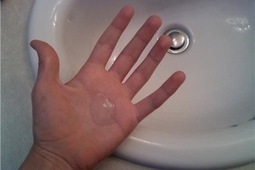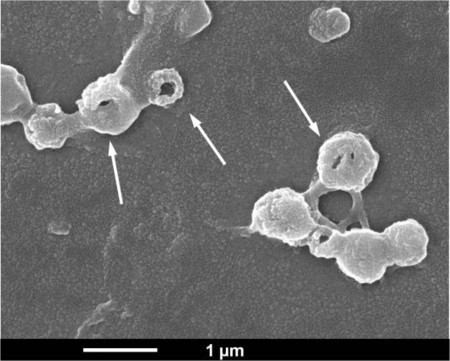Antibacterial soap has been around for 40 years. But research now shows that the active ingredient in the soap, triclosan, alters hormonal balance in animals, is possibly harmful to the immune system, and possibly contributes to the rise of antibiotic resistant germs.
...
Triclosan, which kills both bacteria and fungus, is found in about 75 percent of antibacterial products. In addition to soaps, it’s found in deodorants and toothpaste and mouthwashes where it helps prevent gingivitis, and it’s infused in various household products such as garbage bags, kitchen utensils, furniture, clothing, toys, and some cosmetics.



 Your new post is loading...
Your new post is loading...









